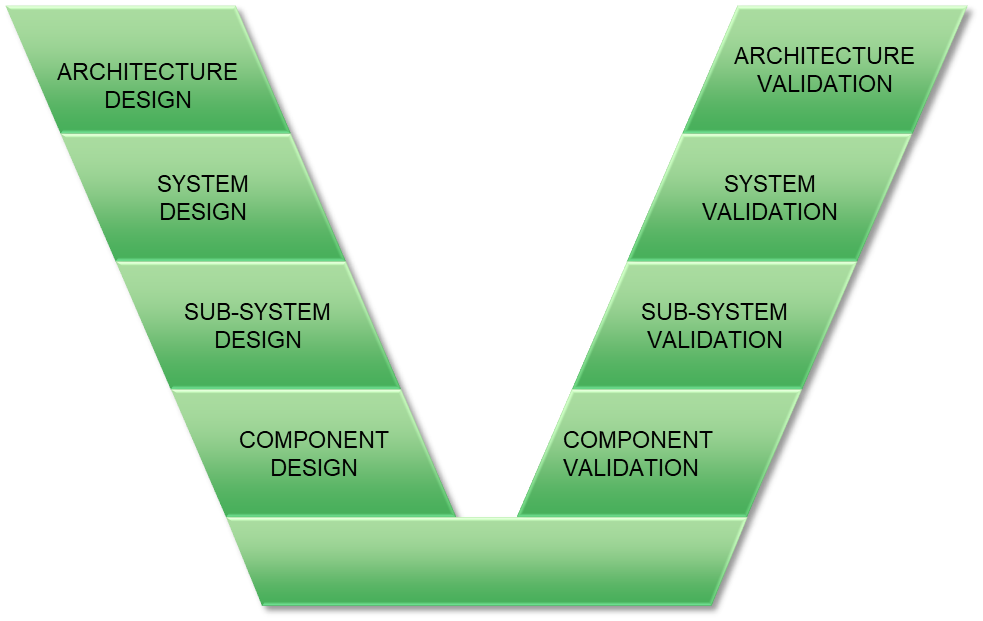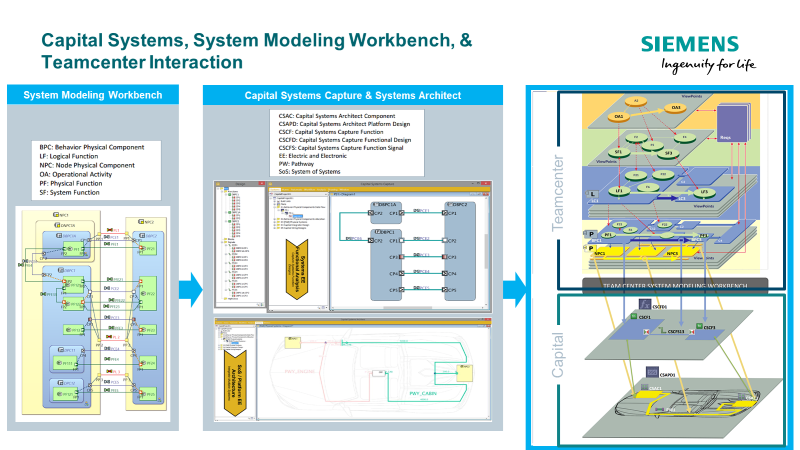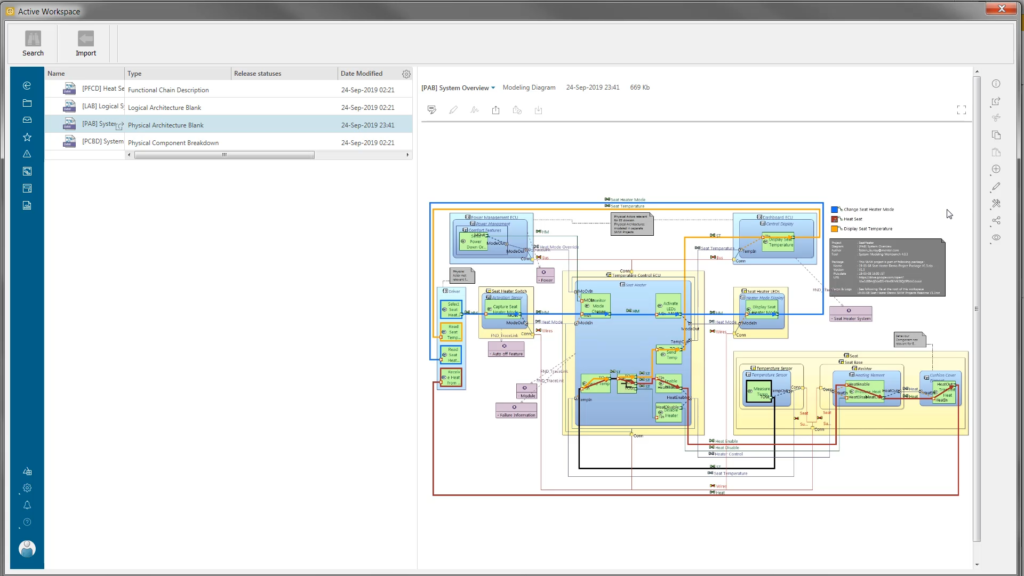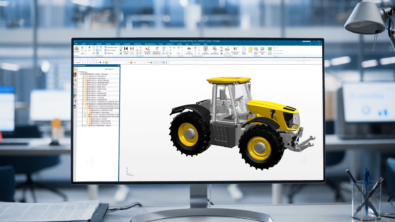Driving Electrical Systems Design from Systems Modeling

Electrical Systems are now a critical part of almost all product development—as such electrical systems design should be integrated with the systems engineering process. Typical systems engineering processes follow the classic “V” model which describes the interconnected set of information required to deliver a product.

The “V” highlights the need for coordination and transparency across the multiple domains (mechanical, electrical, electronics, software, testing, etc.) involved in the definition, design, development, validation, and delivery process. There are many challenges associated to achieving and providing traceability or evidence between what was defined on the left side of the V to what is eventually delivered on the right side of the V. There is not one ideal solution or a perfect set of steps to accomplish the entire process, but many key interactions needed to aid multi-discipline coordination.
Many multi-domain interactions are focused within the physical or CAD design space, but more recently, the focus has shifted to how the systems model/product architecture can drive the “downstream” design domains towards an integrated product solution. Teamcenter product lifecycle management solutions are not only about managing product data but also coordinating across domains. For example, we have extended the interaction between the system model from System Modeling Workbench solution into the electrical domain within Capital Systems.

The process starts with defining the product architecture defining the system model within System Modeling Workbench (SMW).

Systems engineering develops the solution down to the physical architecture layer and the model is stored within Teamcenter. Once in Teamcenter, the integrated Capital Systems Capture application can consume the physical architecture layer from the SMW model and graphically recreate the necessary electrical functions, blocks, and connections within a Capital design.

This process accelerates the transition from the system model to the electrical design without having to recreate all the necessary model information. Now the electrical systems designer can elaborate on the complete electrical system to the appropriate level of detail. Once the design is completed and stored back into Teamcenter, the traceability is captured between the original systems model and the electrical systems model—creating system-level down to electrical subsystem traceability, providing version to version alignment, identifying potential integration issues, and supporting integrated (system and electrical) change impact/management.


